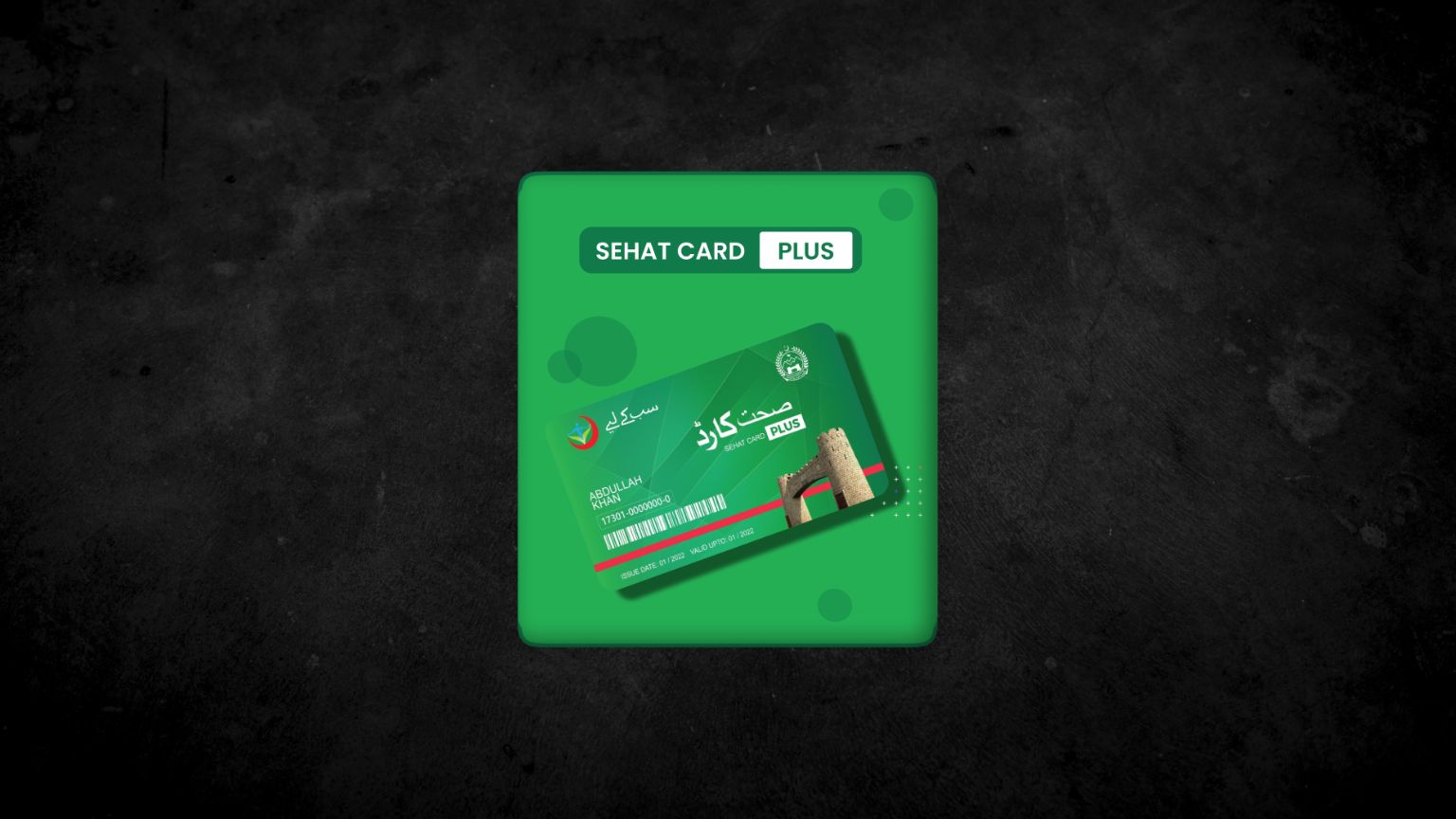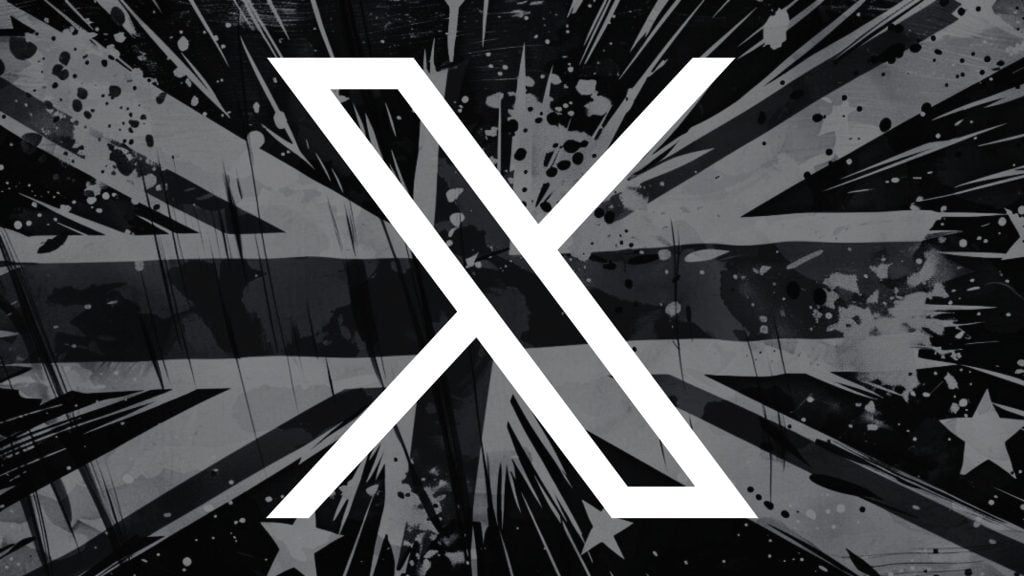The National Database Registration Authority (NADRA) of Pakistan and the country’s Ministry of National Health Services Regulations and Coordination have agreed to work together to expand a healthcare digital ID program to most of the province of Punjab.
Local media reports that the Sehat Sahulat Program (known as “Prime Minister’s Health Program”) provides a centralized system that manages the Qaumi Sehat Card, which is issued to residents who hold the national ID card (CNIC).
The Pakistani government describes the program as an important step in social welfare reforms that gives identified under privileged citizens access to medical health care free of charge.
Up until this point, the program was implemented in parts of Punjab and also in several other areas of Pakistan, but the move to cover all of the province is considered a “significant” development.
Not least because of the sheer number of people who will now have their digital healthcare ID, tied to ID cards, managed by this centralized scheme: Punjab alone has a population of 110 million people, while another province that is already included in Sehat Sahulat, Khyber Pakhtunkhwa, is home to 35 million, of which 7 million are already covered.
In Punjab the goal is now to extend the program to 26.3 million families and 85 million residents. The expectation is that everyone will want to be a part of this system, and so the Sehat Card website explains that enrollment is automatic for all those who have the national ID card, while others will have to obtain one first.
It is unclear at present if NANDRA will have access to people’s health records, and there are reports of other misgivings because of differing information available on government and Sehat Sahulat sites. But what’s certain is that citizens will need to present their national ID card in order to receive treatment. Meanwhile, the users’ medical history is available via an Android app.
But the ID card can also be used as the health card, because hospitals are linked with CNIC (Computerized National Identity Card Number). However, hospitals will also treat those who do not have the health card.
If you're tired of censorship and dystopian threats against civil liberties, subscribe to Reclaim The Net.









